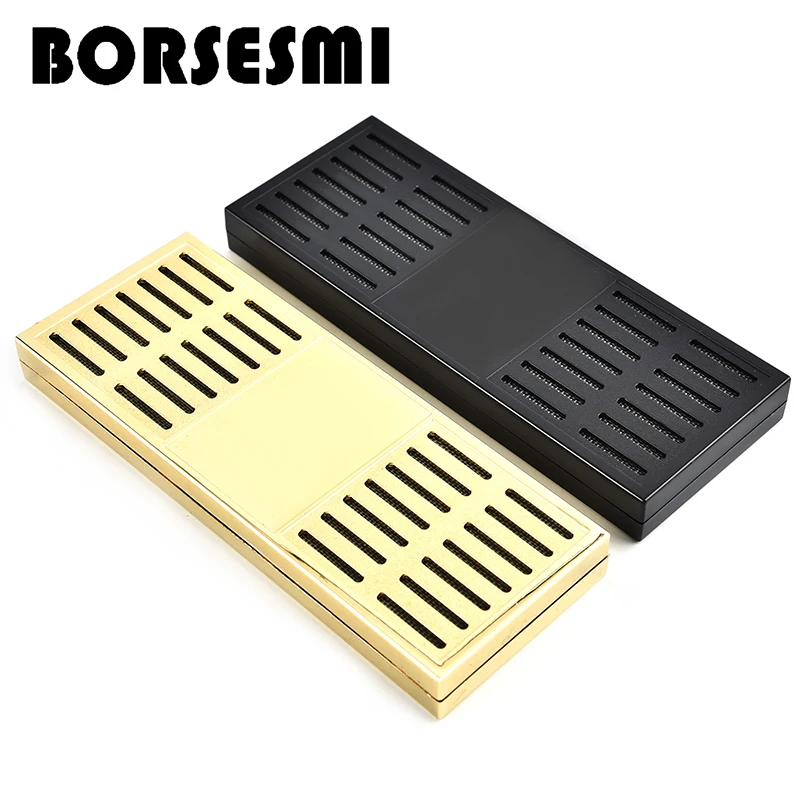The Ultimate Guide to Conduits & Fittings for Electrical Installations
When it comes to electrical installations, conduits & fittings play a crucial role in protecting wires and ensuring safety. Whether you're a contractor, electrician, or DIY enthusiast, understanding these components can save you time and money. This guide covers everything from types and features to sourcing tips from China.
How to Find Reliable Conduits & Fittings from China in 2025
China remains a top supplier for conduits & fittings, offering competitive prices and a wide range of options. To find reliable suppliers:
- Check certifications like ISO 9001 and CE marks.
- Read customer reviews on platforms like Alibaba.
- Request samples to test quality before bulk orders.
- Verify supplier credibility through third-party audits.
What Buyers Should Know Before Buying Conduits & Fittings from China
Before placing an order, consider these factors:
- Material Quality: Ensure conduits are made from durable materials like PVC, steel, or aluminum.
- Compliance: Confirm products meet international standards (e.g., UL, IEC).
- Shipping Costs: Factor in logistics expenses, which can affect total costs.
- Lead Times: Plan ahead to avoid project delays.
Types of Conduits & Fittings
There are several types of conduits & fittings, each suited for different applications:
- Rigid Metal Conduit (RMC): Heavy-duty protection for industrial settings.
- Electrical Metallic Tubing (EMT): Lightweight and easy to install.
- PVC Conduit: Corrosion-resistant, ideal for outdoor use.
- Flexible Conduit: Perfect for tight spaces and vibrations.
Functions and Features of Conduits & Fittings
Conduits & fittings serve multiple purposes:
- Protection: Shield wires from physical damage, moisture, and chemicals.
- Organization: Keep cables neatly arranged for easy maintenance.
- Safety: Reduce fire hazards by containing sparks or short circuits.
- Durability: High-quality materials ensure long-term performance.
Scenarios of Conduits & Fittings
These components are used in various settings:
- Residential: Wiring for homes and apartments.
- Commercial: Office buildings and retail spaces.
- Industrial: Factories and warehouses with heavy machinery.
- Outdoor: Street lighting and underground installations.
How to Choose Conduits & Fittings
Selecting the right conduits & fittings depends on:
- Environment: Indoor vs. outdoor, exposure to moisture or chemicals.
- Wire Size: Ensure conduits can accommodate the cable diameter.
- Budget: Balance cost with quality and longevity.
- Installation Ease: Some types require specialized tools or skills.
Conduits & Fittings Q & A
Q: What’s the difference between EMT and RMC conduits?
A: EMT is lightweight and easy to bend, while RMC offers superior protection for harsh environments.
Q: Can I use PVC conduits outdoors?
A: Yes, PVC is weather-resistant and ideal for outdoor applications.
Q: How do I ensure my conduits are fireproof?
A: Look for conduits with UL-listed fire ratings or metal options like RMC.
Q: What’s the average lifespan of conduits & fittings?
A: High-quality products can last 20+ years, depending on material and environment.
Q: Are Chinese suppliers reliable for bulk orders?
A: Many are trustworthy, but always verify certifications and request samples first.



























































